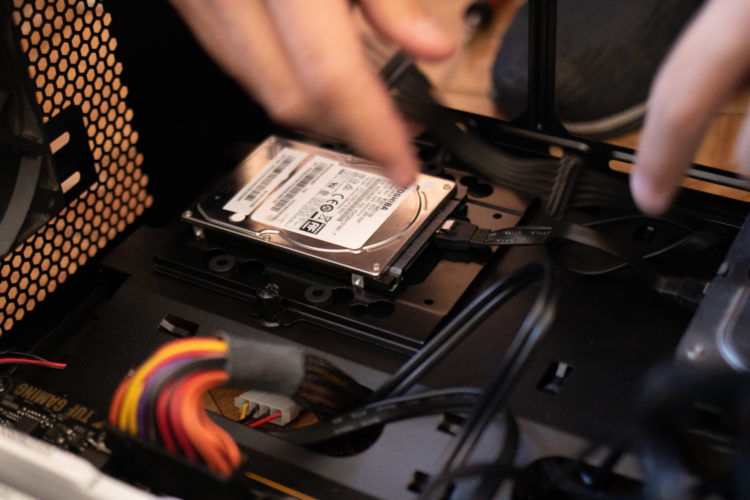Gartner is forecasting global IT spending by governments to reach US$565.7 billion in 2022, up 5% from 2021.

“The last few years of enduring pandemic challenges have mobilized a wave of digital transformation activities in government organisations across the world,” said Daniel Snyder, director analyst at Gartner.
He observes that governments are executing innovative activities by harnessing technology to streamline digital services, advance automation processes and evolve citizen experiences.
Where government IT budgets are headed
In 2022, government IT spending is forecast to increase across all segments except internal services and telecom services. Continuing the trend from 2021, the software is forecast to record the strongest growth across all segments in 2022.
As legacy modernization continues to be a priority in government organisations, growth in the data centre systems segment will continue to slow through the forecast period (see Table 1).
Table 1. Worldwide Government IT Spending, 2021-2022 (Millions of U.S. Dollars)

Governments continue to invest in critical application software that directly support end-user interfaces driving strong growth in this segment. Spending on telecom services is set to decrease in 2022 as governments reduce spending on expensive legacy systems in favour of digital service delivery models.
XaaS is becoming the norm
Gartner says Anything-as-a-Service (XaaS) is gaining popularity across government organisations as it provides a better return on investment normalizing IT spending over time making budgeting for IT more predictable while avoiding the accrual of technical debt. The analyst predicts that by 2026, most government agencies’ new IT investments will be made in XaaS solutions.
“The pandemic sped up public-sector adoption of cloud solutions and the XaaS model for accelerated legacy modernization and new service implementations,” said Snyder.
A 2022 Gartner CIO survey noted that 54% of government CIOs indicated that they expect to allocate additional funding to cloud platforms in 2022, while 35% will decrease investments in legacy infrastructure and data centre technologies.
With the ongoing talent challenges facing organisations, XaaS makes it easier for government organisations to find the right talent via XaaS operating models. XaaS delivery models require different internal IT skill sets and place less demand on the organisation to develop or acquire emerging IT skills, which are often hard to find and difficult for governments to afford.





